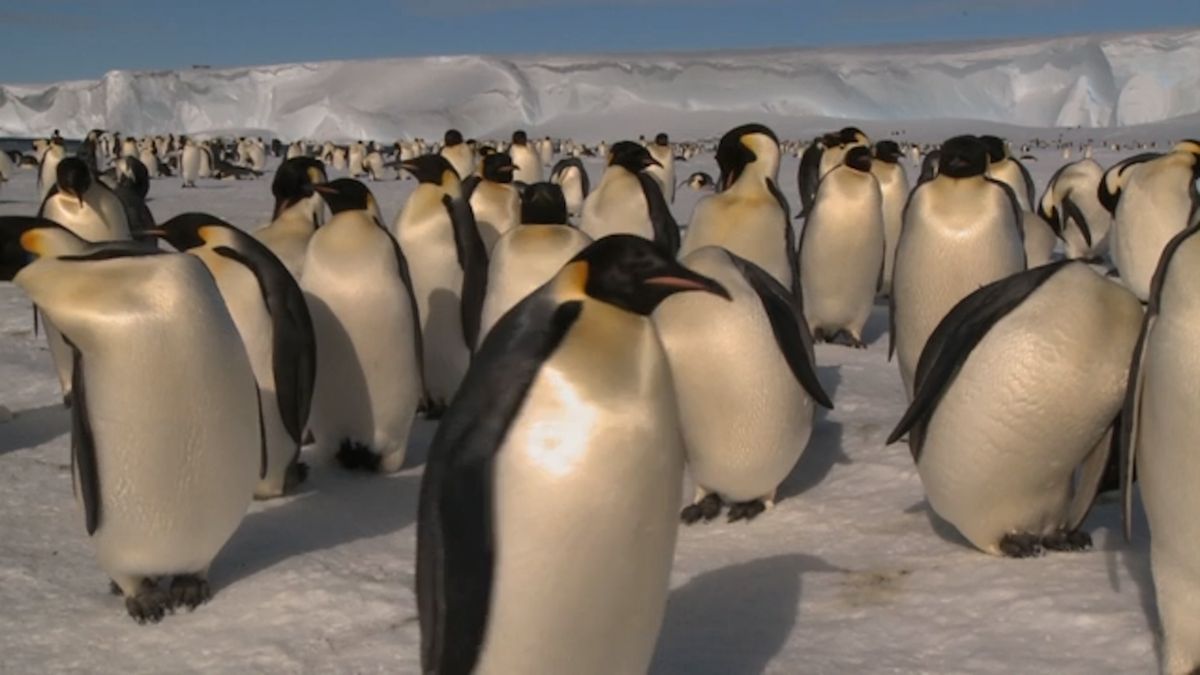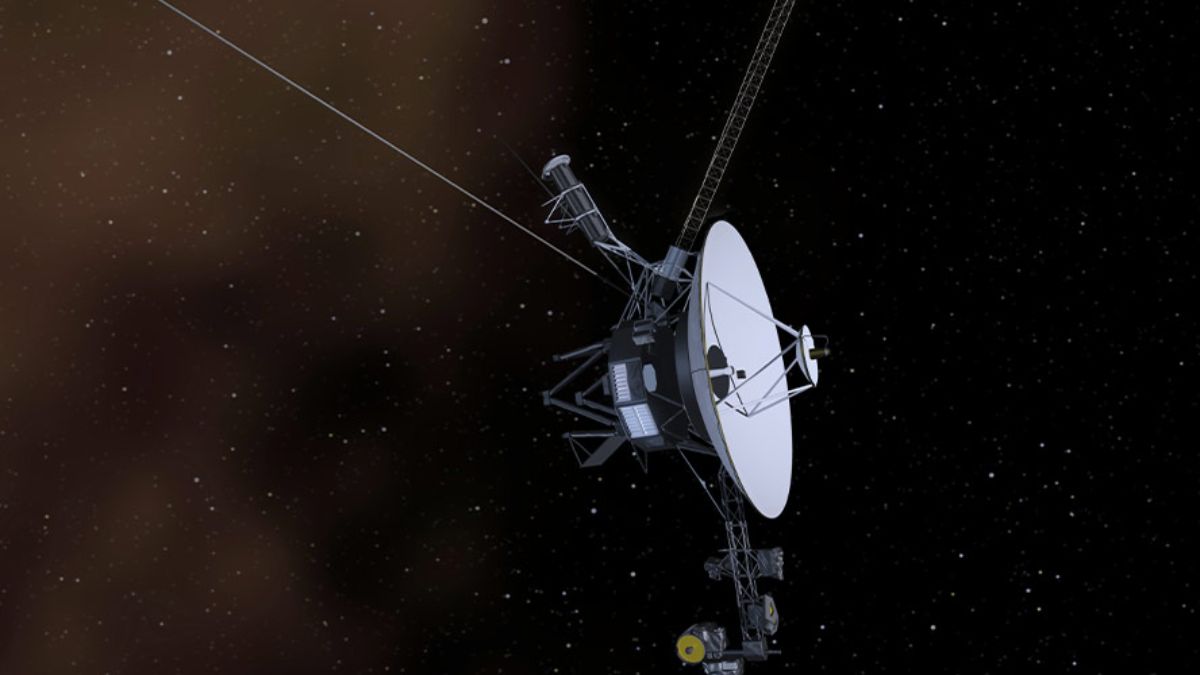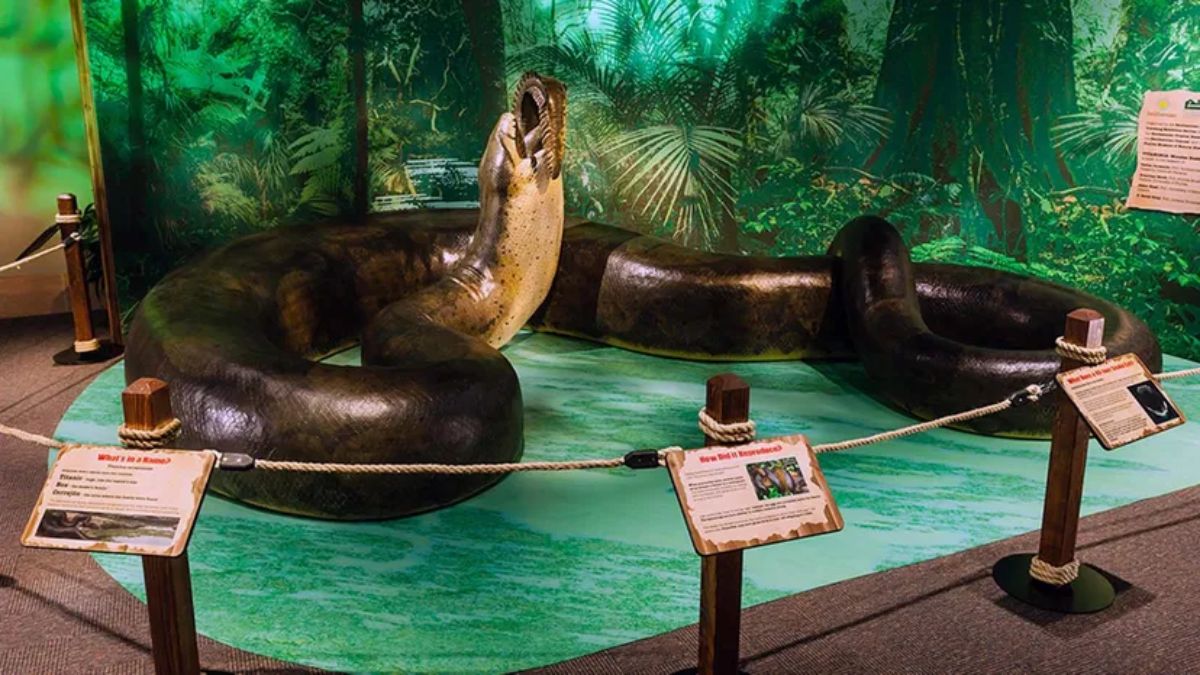The emperor penguin — majestic, fluffy, and waddling like a little tuxedoed boss — has long ruled the frozen kingdom of Antarctica. But now, this mighty bird is facing a battle it never saw coming. It’s not a leopard seal or an icy storm this time. It’s climate change — and it’s melting their home away.
Table of Contents
Scientists are raising the alarm louder than ever before: these penguins are disappearing much faster than expected. If things continue at this pace, emperor penguins might vanish by the end of the century. Here’s why it’s happening, and what we can actually do — even from the comfort of our homes — to help.
Decline
According to the British Antarctic Survey (BAS), emperor penguins are facing a dangerous decline. Researchers studied 2.8 million square kilometers of Antarctica and found that about one-third of the global population lives in this region.
Read Also- Sporting Goods Retailer Closing Forever – Iconic Store Shuts Down After 103 Years
And the shocking part? Populations here are dropping by an average of 1.6% every year. If this continues, emperor penguins could be extinct by 2100 — a timeline that’s even worse than previous predictions.
Melting
Why is this happening? It starts with the sea ice — or rather, the lack of it.
Seasonal sea ice is absolutely critical for emperor penguins. It’s where they breed, hatch their chicks, and raise them until they’re ready to swim. They need this icy platform to stay solid for at least eight months. But now, with temperatures rising, that ice is breaking apart too early.
The chicks, still covered in fluffy down and unable to swim, end up in freezing water. Most don’t survive.
Threats
Melting ice is just one part of the problem. There are more enemies lining up against these birds.
Stronger storms and unusual weather patterns (like rain instead of snow) are hitting their colonies harder. And as the temperatures rise, predators like leopard seals are moving closer to breeding grounds.
To make things worse, warming waters are shifting fish and krill populations — the penguins’ main food source — away from their usual hunting zones. Less food. More predators. No safe place to raise chicks. It’s a survival nightmare.
Satellites
You’re probably wondering: how do scientists even count penguins in such a remote place?
Good question. The answer: space.
Using high-resolution satellite images, researchers can spot the dark shapes of penguin colonies from orbit. This method is the safest and most efficient way to track population changes, especially since getting there in person is incredibly dangerous and time-consuming.
And those satellite scans are telling us something we didn’t want to hear — their numbers are shrinking. Fast.
Reality
A decade ago, scientists made predictions based on a “moderate” global warming path. Unfortunately, we’ve overshot that. We’re living through the worst-case scenario, and the ice is melting faster than anyone expected.
If we don’t stabilize emissions within the next 10 years, we could see penguin colonies cut in half by 2050. That’s not just sad — it’s catastrophic for the species’ survival and genetic diversity.
Symbol
Why should we care about emperor penguins? Besides the obvious (they’re adorable), these birds are like thermometers for the planet.
Their survival depends entirely on stable ice and food systems. When they start to disappear, it’s a clear warning that our planet is tipping out of balance.
The Southern Ocean — where they live — plays a crucial role in regulating global climate and ocean currents. If it stops working properly, we could see more extreme weather worldwide — more floods, longer droughts, and bigger storms.
Solutions
So, is there any hope?
Yes, but the window is rapidly closing. Here’s what needs to happen — urgently:
- Cut fossil fuels: The biggest cause of ice melt is global warming driven by fossil fuel emissions. Slashing carbon emissions is non-negotiable.
- Protect food sources: Industrial fishing near penguin colonies must be reduced to keep the food chain intact.
- Invest in research: Supporting organizations like the BAS helps us track changes in real time and adapt faster.
- Global cooperation: International efforts like the Paris Agreement need to be enforced, not just signed.
Every action matters. From switching to renewable energy, to reducing single-use plastics, to supporting climate policies — we all have a role in saving these incredible animals.
The emperor penguin is more than a symbol of Antarctica. It’s a warning siren echoing across the globe. The question isn’t just whether they will survive… but whether we will listen in time.
FAQs
Why are emperor penguins disappearing?
Due to melting sea ice caused by climate change.
How fast are they declining?
About 1.6% per year in key regions.
How do scientists count them?
Using high-resolution satellite images.
What else threatens penguins?
Storms, predators, and food scarcity.
Can we still save them?
Yes, by cutting emissions and protecting habitats.

















